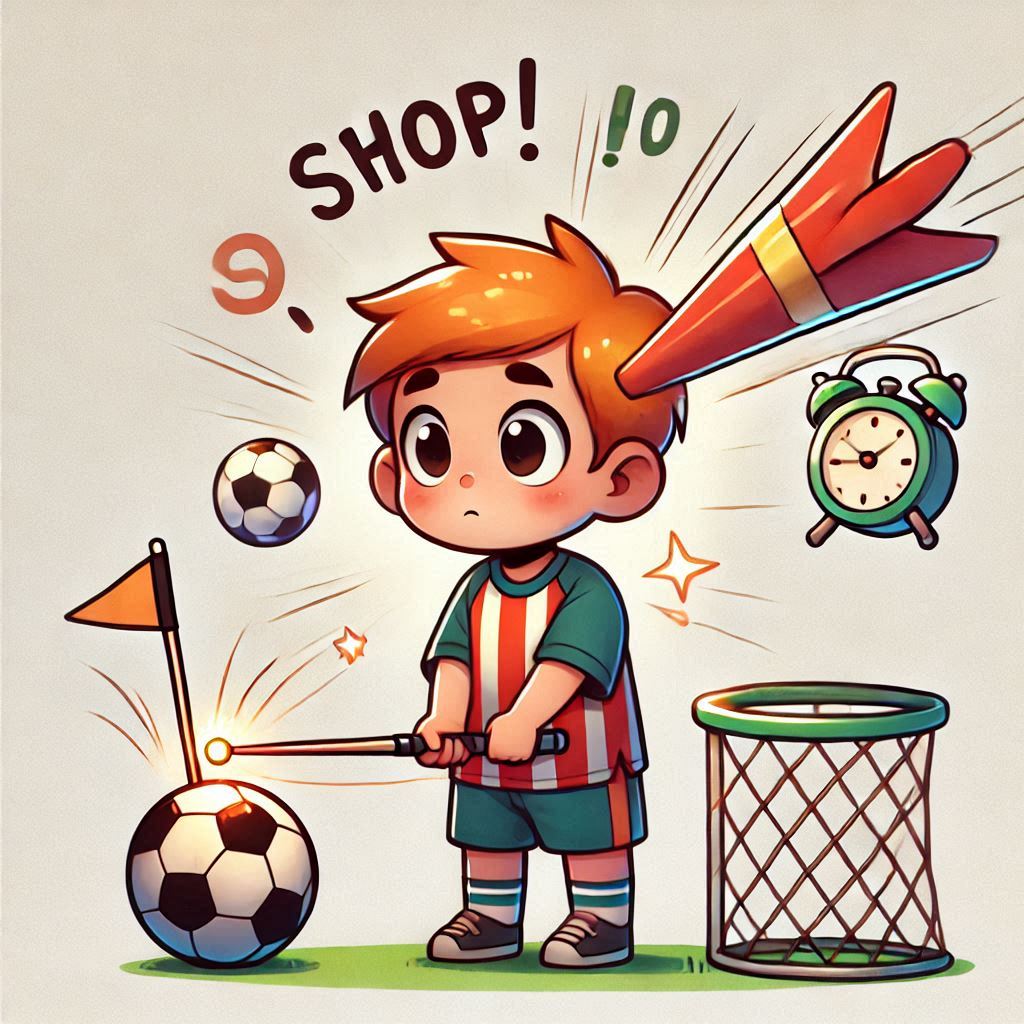Maximizing Scoring Opportunities
In the competitive world of sports, the difference between winning and losing often lies in the strategic nuances that coaches instill in their teams. One such pivotal strategy is the concept of extending the impact area of the field of play. Coaches who understand and emphasize this idea can significantly boost their team’s scoring opportunities and overall performance.
Creating Space and Time
Extending the impact area means encouraging players to utilize the entire width and depth of the playing field. This approach creates more space and time for players to make decisions, reducing the pressure from opponents and enabling more creative and effective play. By spreading the opposition thin, teams can exploit gaps and weaknesses more effectively.

Extending The Impact Area For Better Chances
Enhancing Player
Movement When the impact area is extended, players are encouraged to move more dynamically. This movement disrupts the opposition’s defensive structure, creating confusion and opening up opportunities for penetrating passes, crosses, and shots on goal. Fluid player movement is essential for breaking down organized defenses and creating high-quality scoring chances.
Strategic Positioning
Coaches should train their players to understand the importance of positioning themselves in areas that can impact the game significantly. This includes making intelligent runs into wide areas, supporting the play from deeper positions, and exploiting spaces between the lines. Proper positioning maximizes a player’s influence on the game and increases the likelihood of creating and converting scoring opportunities.
Building Strategic Movements
Building from the Back Extending the impact area isn’t just about offensive play; it’s also about initiating strategic movements from deeper positions. Coaches should encourage their defenders and midfielders to build play from the back, utilizing the full expanse of the field. This approach not only helps in retaining possession but also creates opportunities to exploit the opposition’s defensive lapses.

Extending & Maximizing Scoring Opportunities
Increased Tactical Flexibility
A team that is adept at extending the impact area can adapt to various tactical situations. Whether facing a high-pressing opponent or a team that sits deep, the ability to stretch the field provides more options for coaches to tweak their strategies. This versatility is invaluable in high-stakes matches where the ability to adapt can make all the difference.
Emphasizing Fitness and Conditioning
To effectively extend the impact area, players need to possess high levels of fitness and conditioning. Coaches should prioritize training regimes that enhance players’ stamina, speed, and agility. A physically prepared team can maintain the intensity required to utilize the full field for the entirety of the match.
Drilling Communication and Awareness
Effective communication and situational awareness are crucial when playing with an extended impact area. Players need to constantly inform each other about their positions, runs, and intentions. Coaches should incorporate communication drills in their training sessions to ensure players can make quick, informed decisions under pressure.

Maximizing Scoring Opportunities
Extending the Field of Play by 10 Meters
When a team strategically extends the field of play by 10 meters in all directions, they gain an additional 100 square meters of impact area. This expanded space can significantly change the dynamics of offensive plays and alter the pressure faced by the opposition.
Increased Space for Creativity
With 100 square meters of additional space, players have more room to maneuver, dribble, and pass. This extra space allows for more creative and diverse offensive plays, making it harder for the defense to predict and intercept.
Disrupting Defensive Structures
The extended impact area forces the opposing team’s defense to spread out and cover more ground. This increased distance between defenders can create gaps and weak points that offensive players can exploit. The added space also makes it more challenging for defenders to maintain tight marking, giving players more opportunities to find and exploit scoring chances.
Enhanced Offensive Pressure
The additional 100 square meters of impact area provide more options for offensive pressure. Players can utilize the extra space to stretch the defense, making it difficult for the opposition to remain compact and organized. This pressure can lead to defensive mistakes, turnovers, and ultimately, more scoring opportunities.

Extending The Impact Area
Facilitating Quick Transitions
With a larger field of play, teams can execute quick transitions from defense to offense more effectively. The extended impact area allows for rapid movement of the ball and players, catching the opposition off guard and creating fast-break opportunities.
Improving Passing and Ball Movement
The increased area encourages better passing and ball movement. Players can use the additional space to switch the play, circulate the ball, and create overloads on one side of the field. This fluid ball movement can break down defensive lines and open up scoring opportunities.
Conclusion
Incorporating the strategy of extending the impact area into coaching routines can significantly elevate a team’s performance. By creating space and time, enhancing player movement, emphasizing strategic positioning, building strategy from the back, increasing tactical flexibility, and prioritizing fitness and communication, coaches can maximize their team’s scoring opportunities. This holistic approach not only leads to more goals but also fosters a more dynamic and cohesive team.
Join the Discussion
What are your thoughts on extending the impact area? Have you seen it work in practice, or do you have any tips and insights to share?














tlovertonet
It¦s really a cool and helpful piece of info. I¦m satisfied that you shared this helpful info with us. Please stay us up to date like this. Thank you for sharing.